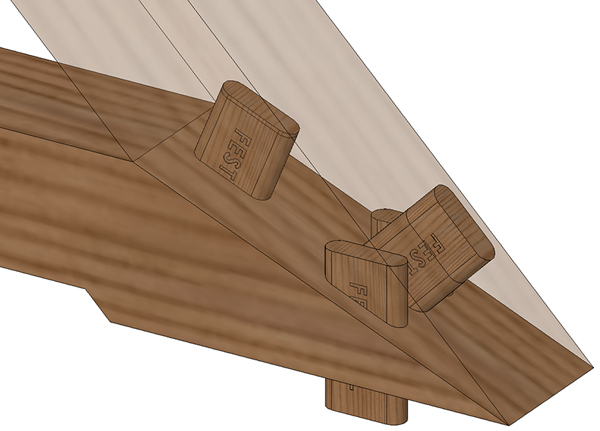Gotoh
Member
- Joined
- Apr 16, 2014
- Messages
- 34
I've seen the demos of the various ways to join beveled cuts, but I haven't seen any examples of how you'd go about working with the sorts of angles you'd have to deal with in order to make something like a four-sided pyramid without blowing out of some edge somewhere. I can imagine eyeballing it, but given the way the Domino's fence works, I'm not seeing anything about it that would make a task like this foolproof enough to be easily repeatable.
Anyone done any tricky polygons they'd like to share?
Anyone done any tricky polygons they'd like to share?


